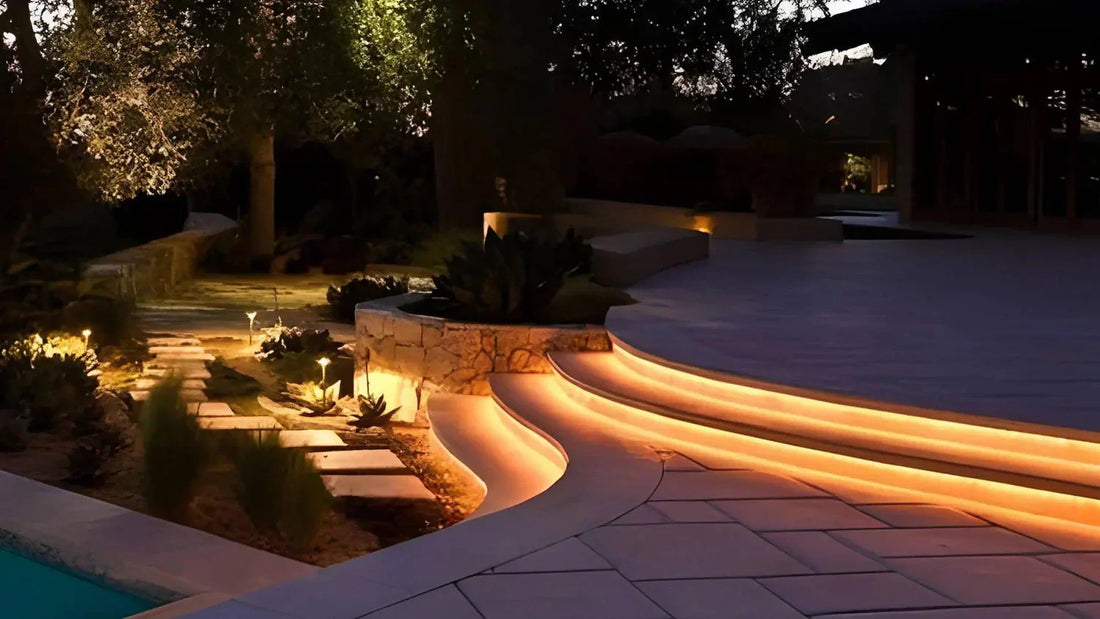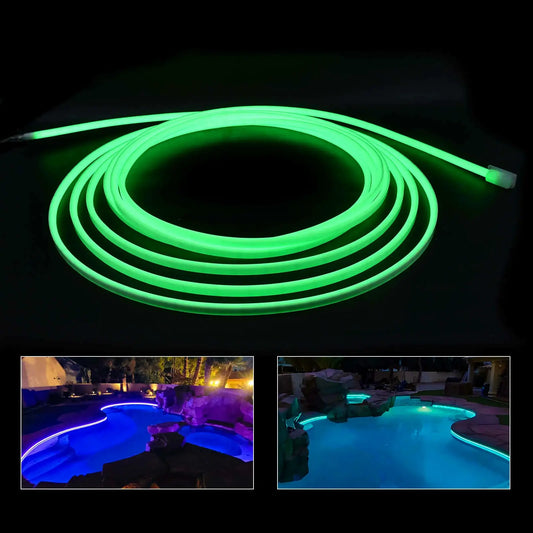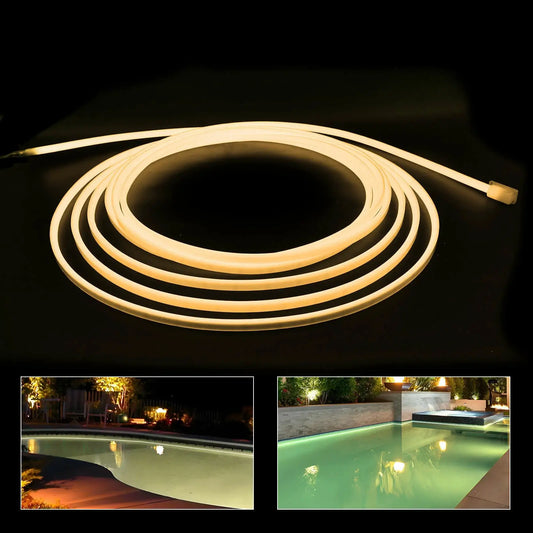
Are LED Lights a Fire Hazard
Published: Last Updated: Estimated Reading time: 4 minsIn the realm of outdoor LED lights, a common concern that often surfaces is the potential fire hazard associated with these modern illuminators. In this blog, we'll delve into the intricacies of outdoor LED lights, exploring their working principles, heat dissipation, and how they compare to other common garden lights. Let's unravel the mystery and alleviate any worries you might have.
Table of Contents:
Understanding the Basics of LED Operation
To address the question of whether LEDs pose a fire hazard, it's essential to comprehend how they function. Unlike traditional light sources, LEDs (Light Emitting Diodes) operate on a semiconductor principle, producing light through electroluminescence.
When the diode is forward biased, the minority electrons are sent from p → n while the minority holes are sent from n → p. At the junction boundary, the concentration of minority carriers increases. The excess minority carriers at the junction recombine with the majority charges carriers.
The energy is released in the form of photons on recombination. In standard diodes, the energy is released in the form of heat. But in light-emitting diodes, the energy is released in the form of photons. We call this phenomenon electroluminescence. Electroluminescence is an optical phenomenon, and electrical phenomenon where a material emits light in response to an electric current passed through it. As the forward voltage increases, the intensity of the light increases and reaches a maximum.
But does the energy efficiency of LEDs come at the cost of safety?
The Advantage of LED lights for outdoor lighting in Safety and Versatility
Let's highlight the stark contrast between LED lights and their counterparts concerning safety and installation flexibility.
Operating Temperatures of Common Garden Lights:
- LED: 35℃ - 55℃
- CFL: 40℃ - 60℃
- Incandescent: 100℃ - 200℃
- Halogen: 200℃ - 400℃
- Metal Halide: 800℃ - 1200℃
It's evident that LEDs maintain a significantly lower operating temperature, mitigating the risk of fire even during prolonged use.
Ensuring Safety with Alternative Lights
If you opt for other types of garden lights, ensuring safety becomes a critical consideration. Besides achieving the desired illumination, factors such as placement, proximity to flammable materials, and installation location play pivotal roles.
For instance, incandescent and halogen lights, with their higher operating temperatures, demand careful placement away from dry plants and direct contact with inflammable materials. Metal halide lights, known for their intense heat, necessitate strategic installation to prevent overheating.
The Versatility of LED strip lights for outside
In contrast, strip LED outdoor lights eliminate such concerns. Their low operating temperatures make them suitable for installation near plants, wooden furniture, fabrics, and more. Whether in corridors, patios, or rooftops, LED light strips for outside offer unparalleled versatility. You can focus solely on achieving your desired lighting effects without the worry of potential fire hazards.
In conclusion, dispelling the risk that LED lights are fire hazards is crucial for making informed lighting choices. Understanding the science behind LED operation and comparing it with traditional garden lights reveals the safety advantages of LED technology. Embrace the versatility and safety of LED strips for outside to illuminate your spaces without compromising on peace of mind. Choose wisely, choose LED.
For those considering the transition to pool led strip lighting, PaneraLux extends a helping hand. Our blog serves as a gateway to a professional tutorial on replacing led pool light strips, providing step-by-step guidance. Whether you prefer to read through the tutorial or watch it unfold on our YouTube channel, we've got you covered with details of pool led light strips installations and transformation.
PaneraLux offers professional pool and garden led strips, we are experts in the field of LED knowledge. If you have any need, feel free to email us or click the icon in the bottom right corner, Chat with us and you can get professional advice soon.





